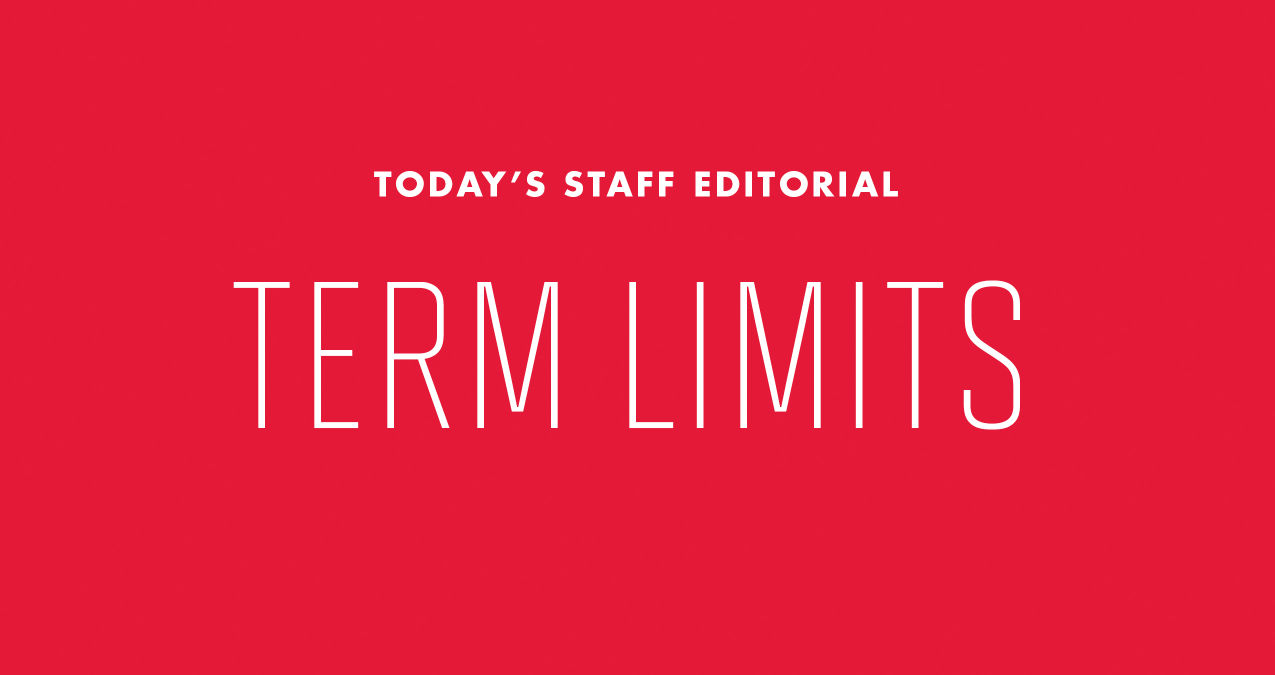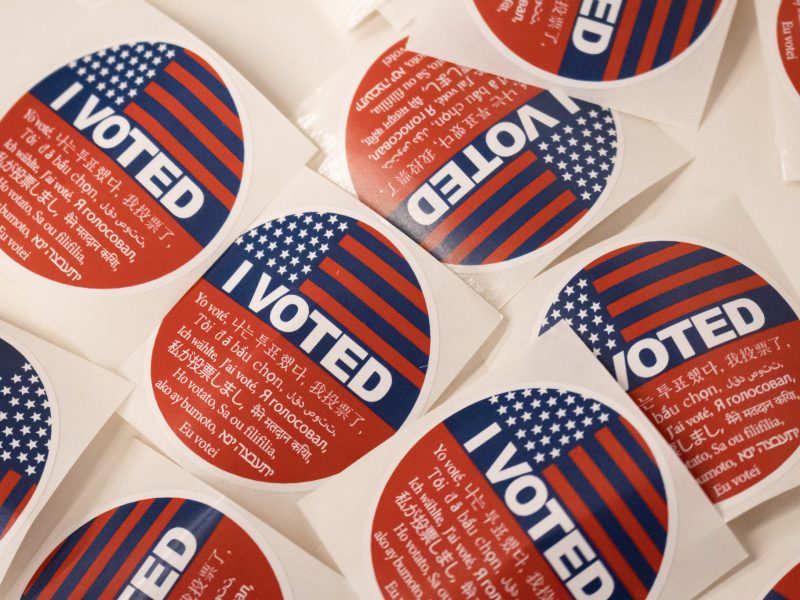
Term Extensions
When we think of different ways local politics affect us, we usually start with the obvious factors: taxes, regulations, construction projects or any major legislation that happens to cross the county executive’s desk. This Election Day, however, Prince George’s County voters will be focusing on something different yet just as influential as other major laws affecting residents: term limits.
As of today, this county is the only one in the Washington metropolitan area that imposes term limits. Though this county doesn’t stand alone among counties across the U.S. for imposing limits on elected officials’ tenures, many lobbyists have their eyes on Prince George’s, as it will have a controversial question on its ballot dealing with term extensions this year.
Term limits in this area haven’t been a new point of contention. In 1992, citizen activists collected signatures to place a two-term limit on county executive and County Council positions. With the ballot measure winning, disgruntled politicians attempted to abolish term limits by putting the question to a vote again on both the 2000 and 2004 ballots. What resulted was a whopping 60 percent and 80 percent of voters respectively voting to keep term limits in those years, proving how important term limits are to residents in this county.
This year, the County Council unanimously voted to put another term limit extension question on the November ballot. If approved by voters, limits will extend from two terms to three, setting the maximum number of years a county executive or County Council member can keep his or her seat at 12 years — lengthier than term limits for both the president of the United States and this state’s governor.
Extending term limits is anything but a smart idea, though proponents of this measure, including County Executive Rushern Baker III, support the measure based on “the interest of democracy and voter empowerment,” Camille Exum, county charter review commission chairwoman, wrote in an email.
For instance, if we were to look at term limits based on a perspective of democracy, then let’s consider California’s term limits. A 1995 study found that term limits on state legislators correlated with a “rush of retirements.” This ultimately led to an astounding 50 percent more candidates than would have been expected, providing voters with more diversity in electoral candidates to choose from and more competition in each election.
Others argue that term limits will deter legislative bodies from having politically experienced members, as turnover will be high. However, this begs the question: Do politically experienced candidates really create better legislative bodies, and how do we even define “better” legislative bodies?
Legislative bodies might pass efficient laws because some of their members have diverse experiences, political interests or ideas. In other words, legislators who haven’t spent the last eight-plus years sitting in a County Council chair.
So what really is the ideal term limit? Is there a huge difference between serving four, eight or 12 years in the same seat?
Though we might never be 100 percent certain of what the perfect term limit is, this editorial board does not support extending term limits for the county. Any reasonable opportunity to diversify the County Council and provide more voter choice is something we can get behind, and we hope it’s something voters in this county can get behind too.



